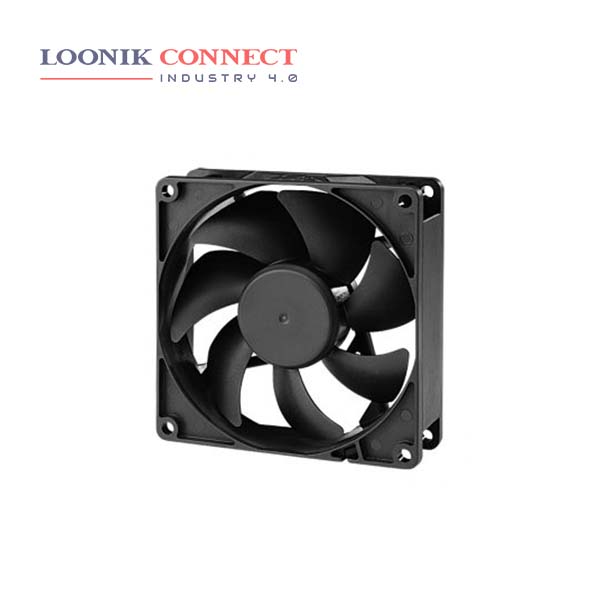A DC, or direct current fan, uses a power source that is connected to a transformer. The transformer then converts the energy to direct current, or a one-way current. As a result, the quantity of power utilised is ultimately decreased. A DC ceiling fan works pretty much on the same principle as the DC motor. A DC motor uses an internal arrangement of magnets with opposing polarity. As current passes through the coil around this arrangement, a strong magnetic field is produced. This magnetic field then creates a torque that causes the motor to rotate.
The direct current fans, or DC fans, are powered with a potential of fixed value such as the voltage of a battery. Typical voltage values for DC fans are, 5V, 12V, 24V and 48V. In contrast, the alternating current fans, or AC fans, are powered with a changing voltage of positive and of equal negative value.
DC fans are fans that are powered by the direct current. Like AC Axial fans, there are DC axial fans and DC cross flow fans too. DC axial fans are widely used in the air-vent exhaust, electronic device cooling, computer ventilation, etc.










